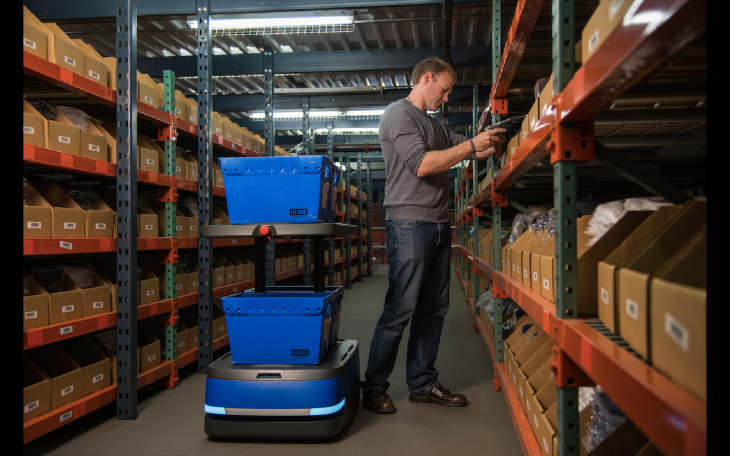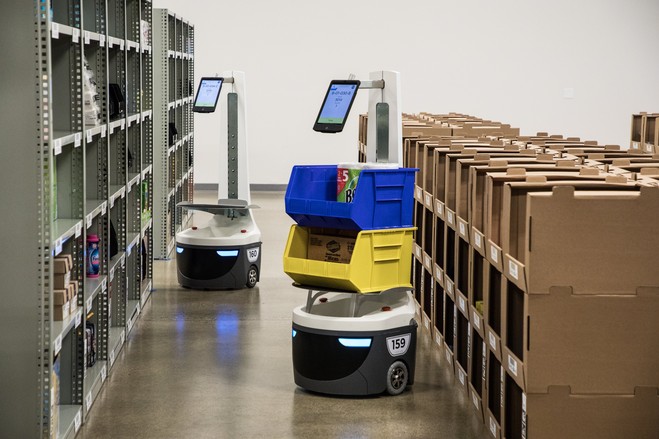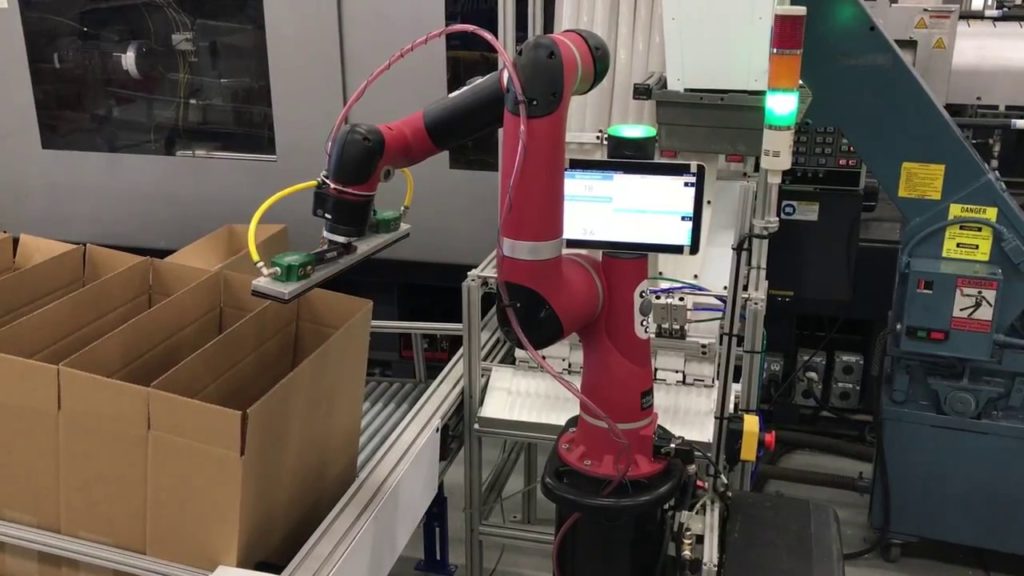The collaborative robot remains as a best friend for warehouse workers
In recent years, companies are competing to manufacture collaborative robots that are comparatively cheap and can enhance employee’s productivity. In the fight of machine versus human on the warehouse space, several companies have identified common ground.
The firms have started to design a collaborative robot that is suitable to work along with people instead of establishing technology to replace the workforce. The collaborative robot can help workers by picking items or transporting goods across the warehouse or assist in shipping and packing.
DHL is checking collaborative robots or swarming robots at an industry in Memphis, Tenn. Such machines assist employees in picking out medical equipment that has to be transported quickly. Moreover, these collaborative robots remain helpful in fulfilling online orders for top retailers such as Inditex and Bonobos. They use the same kind of collaborative robots in one of their warehouses.
Collaborative robots are relatively cheap and small in size. It costs thousands of dollars. It can be compared with automation systems and conveyor belts which function into tens of millions. It is said to be as a new age robot as it is developed by keeping the majority of warehouses around the world in mind.
The robotic companies suggest collaborative robots as the best method to assist people in working sooner and enhancing productivity during stressful times like the holidays or when additional labor is challenging to find. Tight labor market and surging online sales have made it expensive and complicated to fill storeroom or warehouse jobs.

How collaborative robots assist employees in warehouses?
Collaborative robots are developed to replace human labor. However, you can get excellent output with the workforce of the same size. For instance, collaborative robots can reduce the number of phases employees take to complete an order. However, they do not grab things off the shelves, which is a task easy for employees but challenging to computerize though developers are moving closer. Check Out – about the rise of collaborative robots in warehouse.
Employees take parts from the shelves and keep them on blue shelves above the robots. It will then slide over to employees at the stations where parts are sealed and shipped.
The collaborative robots manufactured by Fetch Robotics Inc., which is a San Jose based company handle around 30% to 50% of orders the warehouse ships every day. It can perform the job in half the time the human workers takes to complete. Several companies are depending on collaborative robots since it does not involve significant upfront investment to use in their business. The robots also help in moving heavier parts in quick time in a simple manner.
Most of the collaborative robots look like motorized platforms connected with touch screens and shelves. The robots make use of sensors to move ahead of forklifts and people. The swarming robots which DHL is trying function in groups. Workers organize several orders in one time at the Memphis facility. The collaborative robots help in organizing the complex task by parking themselves close to the location of each item. The employees keep the requested thing on the robot. After placing, they will move to the next robot. The robot will tell the location of the product precisely, and the workers do not have to search or look for the product in the warehouse. After completing the order, the robot moves to the packaging table and come back with another set of the assignment.

Driving success for collaborative robots in warehouses
A recent case study by FM logistics proved that though technology plays an integral part in warehouse invention, its success is associated with a well-executed change management system, which involves strategic methodology and clear communication.
Collaborative robots have a lot to assist in logistics. Such advanced robots help in reducing effort and time by palletizing, gathering and packing items and also interacting with human employees physically. At present, around 45% of the top 200 commerce companies around the world are using collaborative robots to manage order and delivery fulfillment. Though collaborative robots are utilized in the warehouse, several case studies have clarified trained, and experienced professionals are essential in the warehouse since robots have certain limits. Execution is also a complicated process which cannot be accomplished without human involvement.

